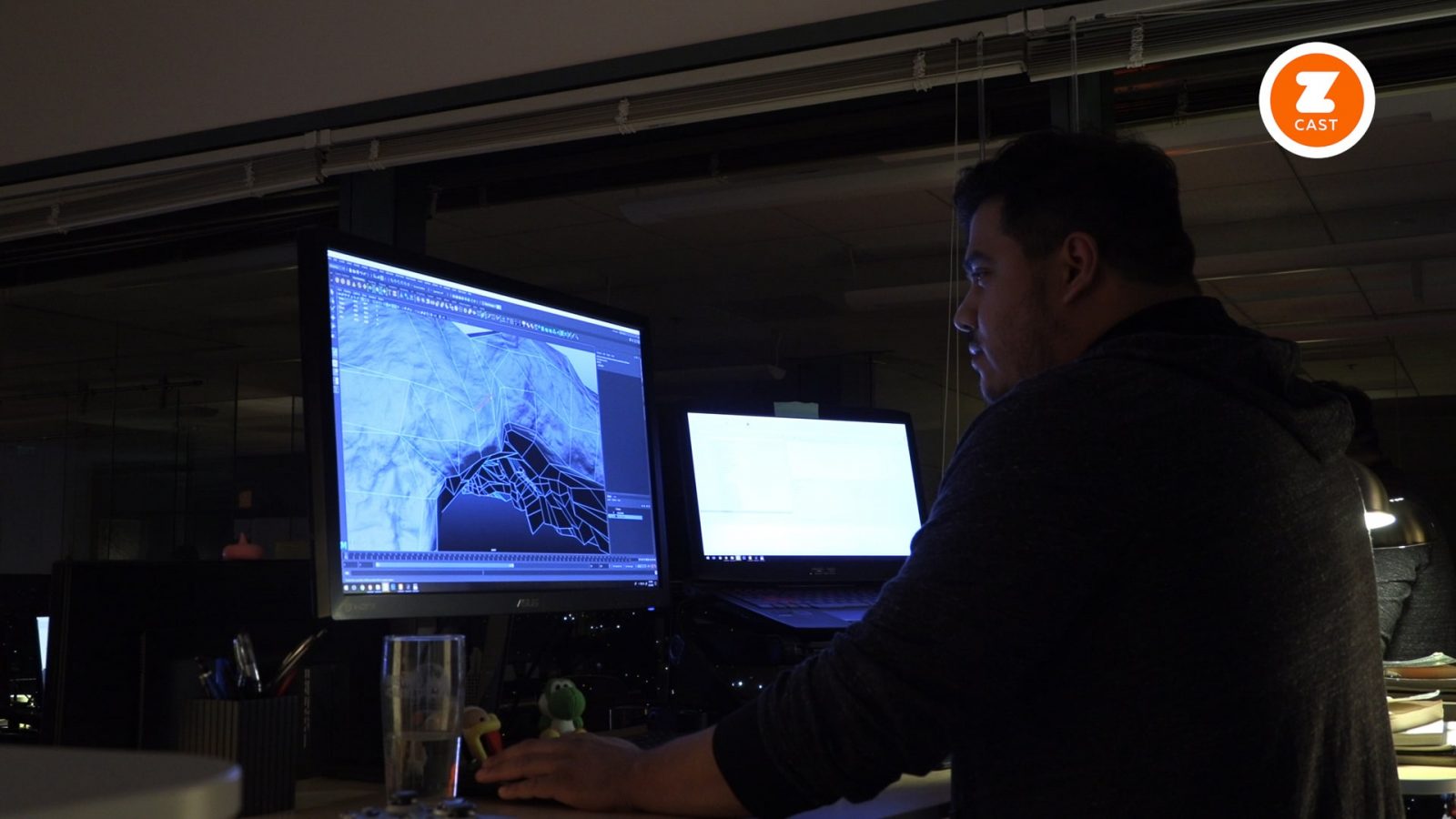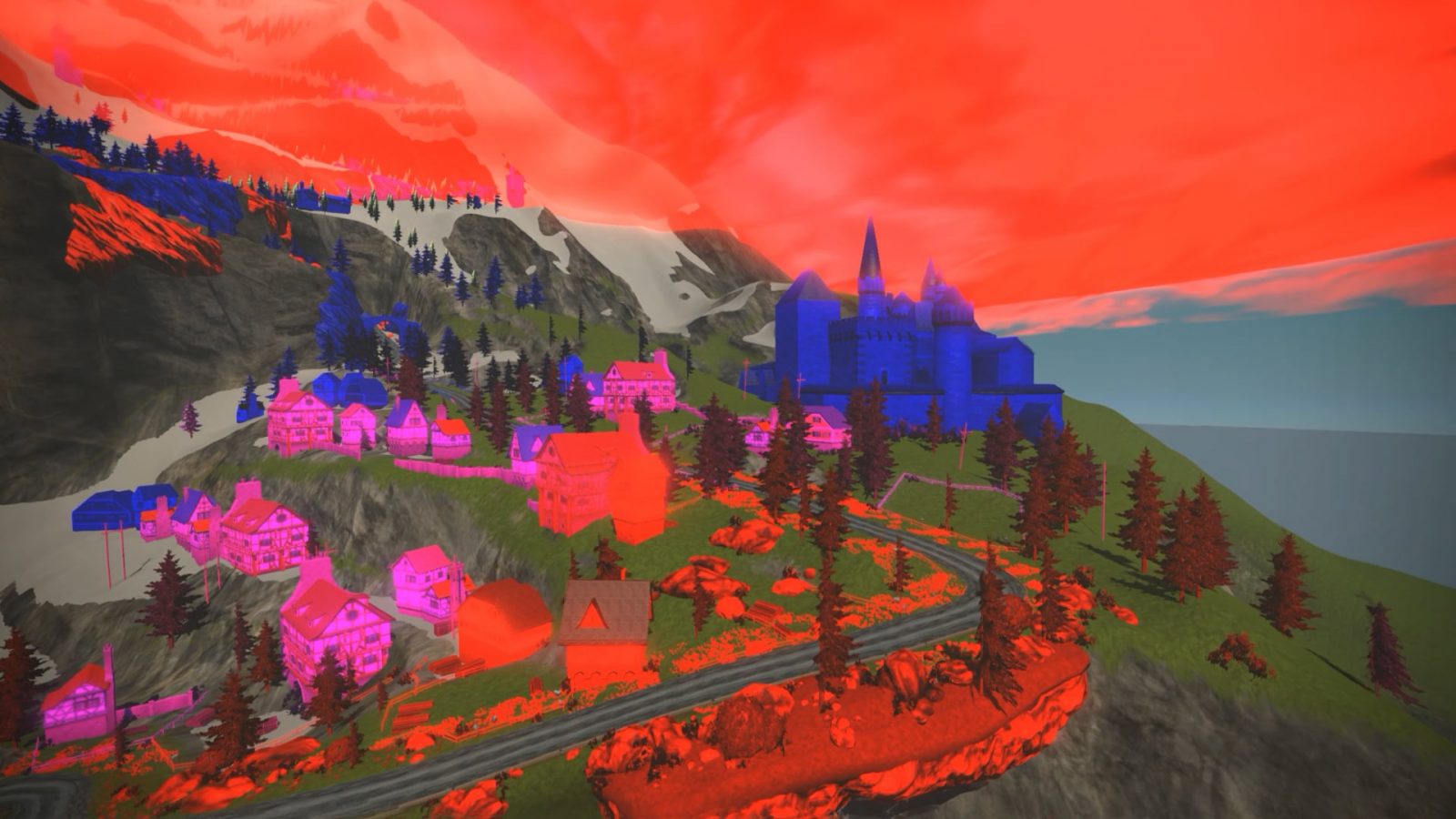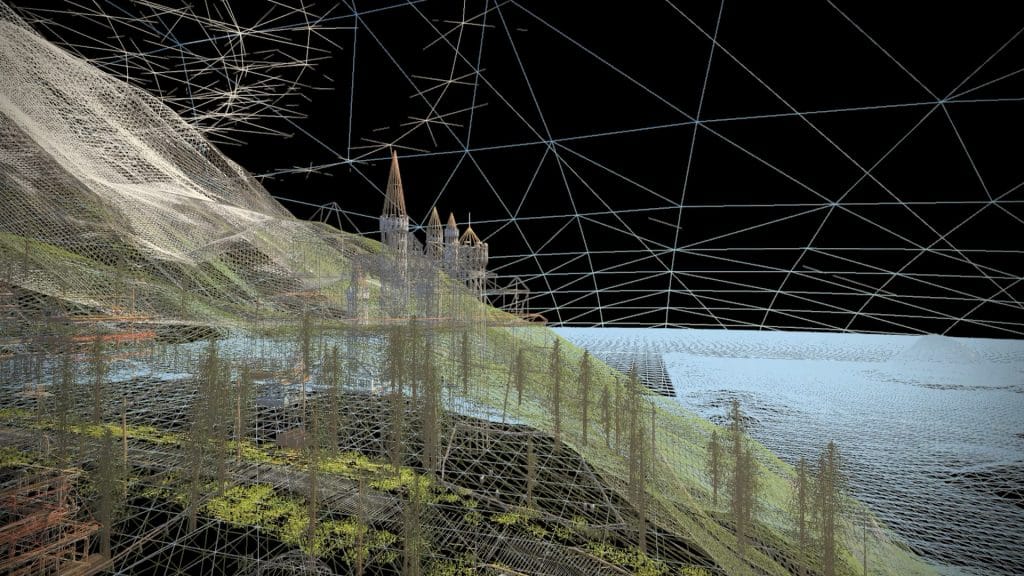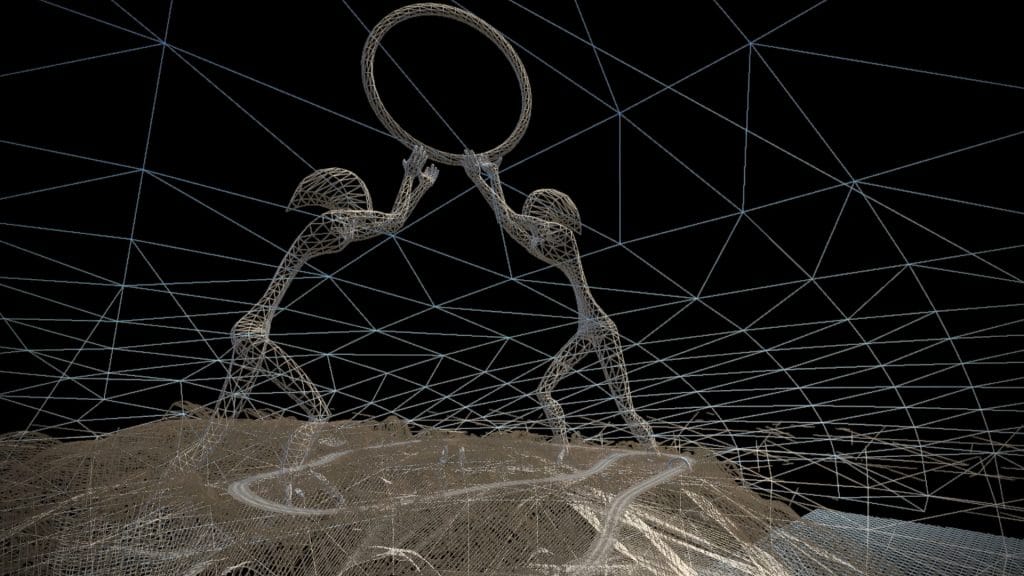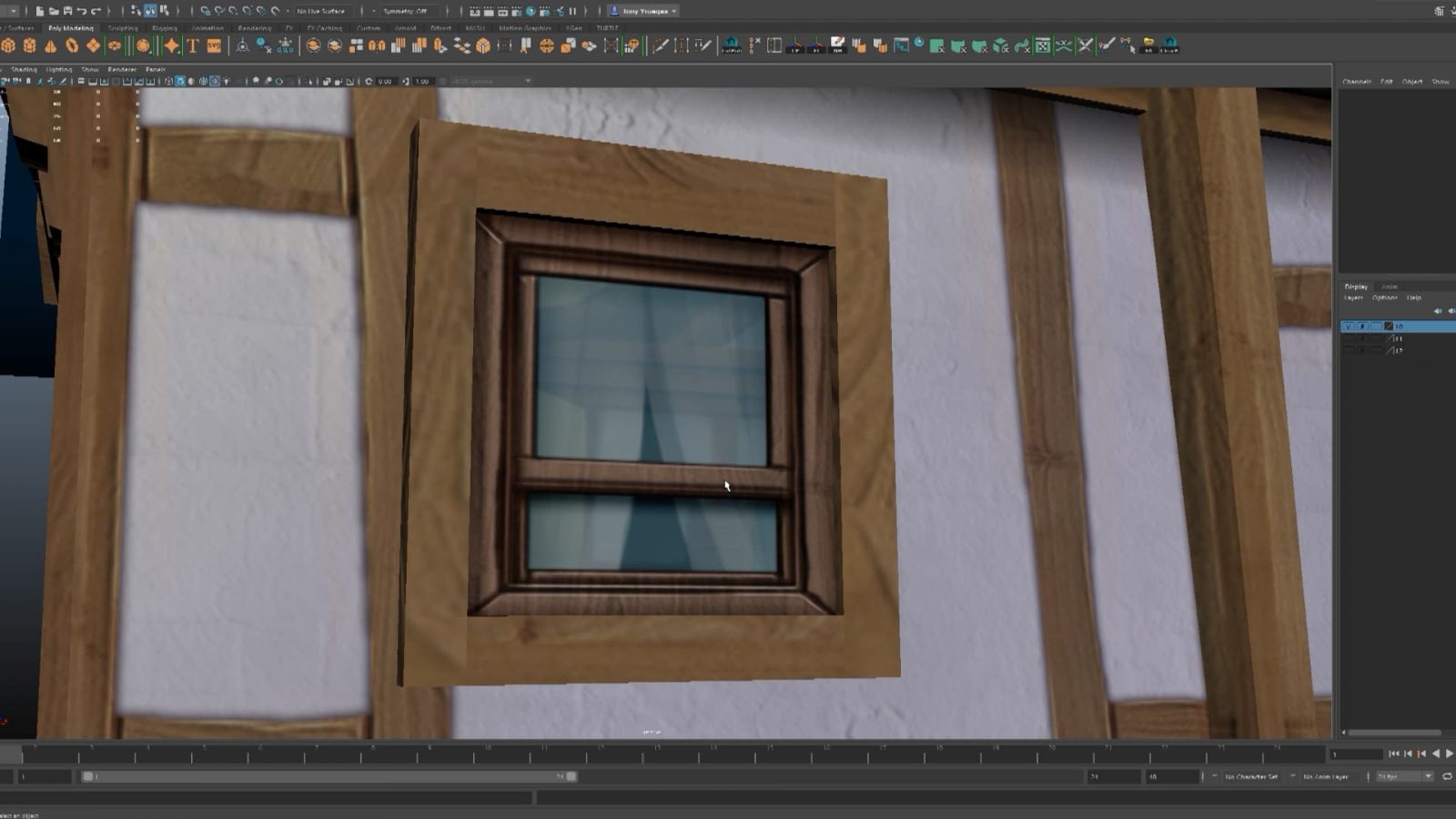Zwifters love new roads more than anything else – so it’s perhaps understandable that occasionally there’s frustration that the development team can’t churn out new tarmac faster.
A new Zwiftcast video provides some insight into why new features like the massive climb of the Alpe du Zwift don’t get out the door of the Long Beach HQ quicker.
“Painstaking doesn’t quite describe it,” says Simon Schofield of the Zwiftcast, after he was given a behind-the-curtain look at the making of the new route.
“For example – every single ‘prop’ which is a piece of scenery like a fence post and rails, or a bush, or a tree, is hand drawn on 3D modelling software, Maya. Then it’s painted and textured in Photoshop, then it’s placed carefully, at the right size and in the right proportions and at the right angles, into the scenery.
“And there are literally thousands of these props,” says Schofield. “And if the road has to be changed for some reason, then it’s back to the drawing board for the props associated with the changed stretch.”
But there’s more. Because Zwift runs on everything from iPhones to gaming rigs, the developers have to use special tools to deliver the best possible experience across a variety of machines with different capabilities.
“I was shown the Level of Detail mode,” says Schofield. “The entire landscape is colour coded to show how much detail the software needs to draw to keep all users happy. It’s mind-blowingly complicated.”
The Wireframe Mode is another tool the devs use to keep things optimised. This shows how dense the polygons (building blocks of objects in video games) are, and whether that density is too much, not enough or just right – for the whole range of machines Zwift runs on.
Finally, the level of detail in the game is something that Zwifters may not notice – but they would if it was wrong, says Schofield. “I was shown a zoom-in to a small window on one building. As well as the life-like, or at least Zwift-like, texturing of the wood and glass, the artists had drawn a reflection of a building opposite on to the glass.
“You’d never notice it riding past – but it contributes to the immersiveness of the game.”
The whole experience was a real eye-opener, says Schofield. You can see how all the tools and techniques work in the Zwiftcast Special: How The Alpe Du Zwift Was Made.
And if you watch the video to the end there are a couple of fascinating insights into the things that DIDN’T make it into the Alpe… maybe they will one day.
